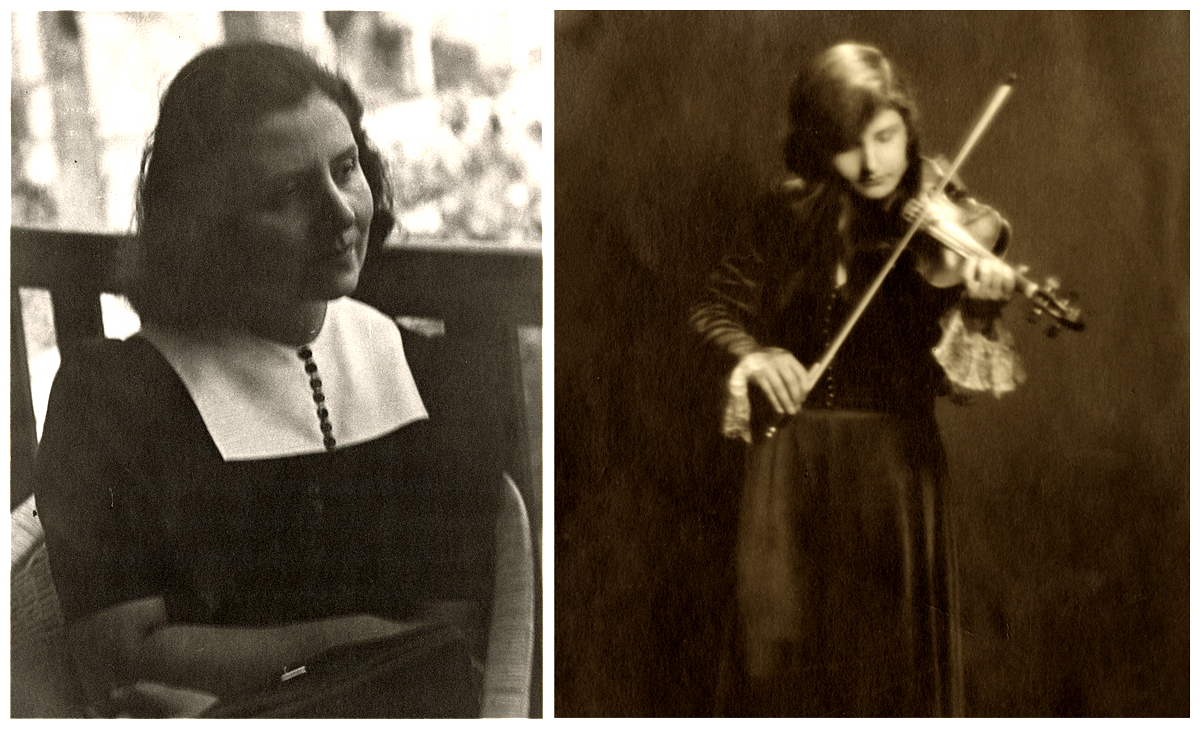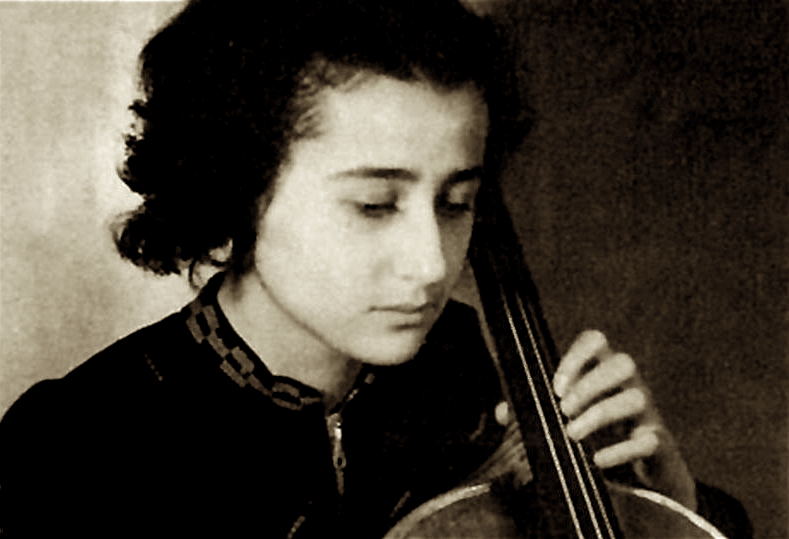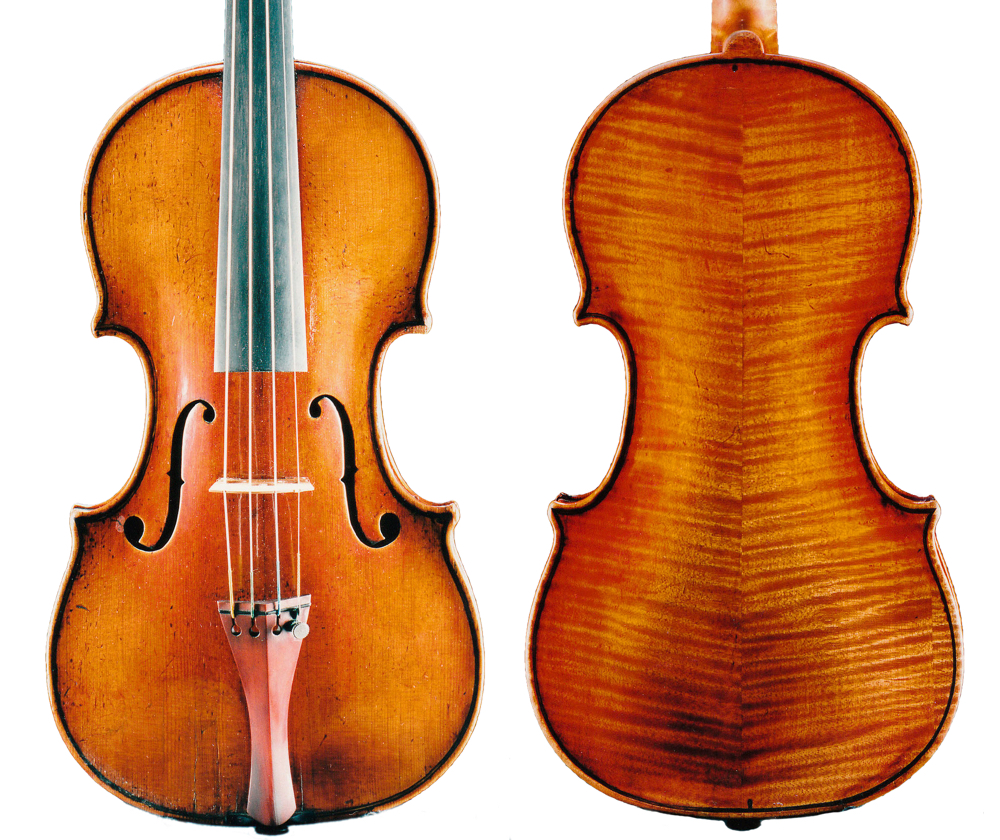During her time in The Netherlands Alma performed solo or in quartet as much as possible. Anything that she could earn found its way to London, to her father (see part 1). She had been granted permission to leave England for five months and was supposed to return by May 1940 but, encouraged by her success, she let the permit expire. Then on May 15 The Netherlands capitulated to Germany and by the end of June France had also surrendered. Alfred tried to get both Alma and Arnold to the US, but by then quotas had been introduced. Alma was stuck.
By 1941 Alma was facing increasing problems. Not only was it a risk to help a Jew, but she was sometimes difficult to handle and occasionally she seemed not to understand how dangerous her situation was and what sacrifices were made to help her. [1] Marie Anne Tellegen, a member of an eminent Dutch family and a resistance fighter, took Alma under her wing and convinced her that marrying an Aryan was her last chance to get papers to emigrate. The choice fell upon Constant August van Leeuwen Boomkamp, brother of the cellist Jan Carel. [2] The ceremony took place on March 4, 1942, but it was too late – within a couple of months Jews were forbidden to leave the country.

Alma Rosé in around 1941 (left) and an undated picture of her performing. Photos: Gustav Mahler–Alfred Rosé Collection, Music Library, Western University, London, Canada
Alma was arrested in August 1942 and although the prompt intervention of Tellegen got her out of prison within a few hours, the experience appears to have made her realize the gravity of her position. Accordingly, she wrote a brief will in November 1942: ‘I direct that my husband will not inherit any of my possessions. I name Miss Marie Anne Tellegen in Utrecht (upon her death or default, Doctor Leonard Barend Willem Jongkees) to arrange my funeral and dispose of my possessions.’ [3] (Jongkees was the latest man in her life, a Dutch ENT specialist whom she had met in the summer of 1941.)
On December 13 Alma left her beloved Guadagnini in Jongkees’ care and attempted to escape to Switzerland. There are several versions of her journey. According to the most plausible, she left with another Jew at dawn. [4] To keep the route and the people involved safe from infiltrators, Alma and her companion were given one address or the name of a contact at a time. A smuggler helped them to cross the Belgian-Dutch border and after several days of walking they reached Dijon, where they bought false papers to enter Switzerland. But they never managed to leave France. They were arrested on the train to Switzerland and taken to the Gestapo headquarters. It was December 19, 1942.
Alma’s friends only found out about her arrest weeks later. Tellegen immediately hired a lawyer to rescue her, but it was too late. On July 18, 1943, Alma and another 999 prisoners boarded Convoy 57 destined for Auschwitz. By the end of the war, only 59 of them would survive. [5] Upon arrival, Convoy 57 went through a Selektion. The ones who passed were admitted to the camp and a number was tattooed on their arms before they were referred to their blocks. Alma received number 50381 and was sent to the infamous Block 10, a kind of guinea-pig lab run by the SS doctor Carl Clauberg. [6] At this point, she apparently asked to play the violin as a last wish. Messages were sent and authorizations requested, while the news spread that she was a famous violinist and the wife of Váša Příhoda. She was given a violin and a chance to play for her life. [7]
The concentration camp at Auschwitz-Birkenau had two orchestras. Simon Laks, conductor of the men’s orchestra, recalled that the deputy commander of the women’s camp, Maria Mandl, and that of the men’s camp, Johann Schwarzhuber, shared ‘a serious but loyal rivalry. Everyone praised the merits of his own camp chapel to the skies.’ [8] The members of the women’s orchestra lived in Block 12, close to the gas chamber. The band consisted of approximately 20 women of very mixed musical abilities. When Alma was first introduced to the orchestra, the players immediately realized that she could make something good out of them. Mandl promoted her not only to conductor, but surprisingly also to Kapo, a leading position among the prisoners that was rarely given to Jews.
It became essential to Alma that both the inmates and the SS officers should hold ‘her’ orchestra in high regard. According to her nature, this could only be achieved through discipline and hard work. The Women’s Orchestra had two official tasks: firstly, they played a march twice a day to accompany the inmates on their way to and from work, and secondly they held concerts on Sundays. Unofficially they also had to perform for any commander who turned up in their barrack at any time and with any possible musical wish. Alma introduced a strict regime and demanded only the best of her musicians. Anita Lasker-Wallfisch, a surviving member of the orchestra recalled: ‘We were more afraid of Alma Rosé than of the gas chambers. This forced us to focus on something different, otherwise we would have looked outside and seen the smoke from the crematoria. Instead, we just concentrated on music and were terrified of Alma.’ [9]
‘I don’t think Alma ever realized where she was in Auschwitz. She just kept going making music. She was very strict with us. But now we are very grateful to her’ – Anita Lasker-Wallfisch
Another inmate, Dr Margita Švalbova, a Slovakian prisoner–physician, described her isolation: ‘Alma lived quietly, unnoticed, starving more than the others, saddened. The lifestyle of the camp and its mentality remained alien to her. Alma never fully understood the camp. She lived in another world.’ [10] Lasker-Wallfisch shared this view: ‘I don’t think Alma ever realized where she was in Auschwitz. She just kept going making music. She was very strict with us. But now we are very grateful to her.’ [11]
Alma pressured Mandl to make concessions for the orchestra. On her request an iron stove and a piano were brought into the Music Block. Alma’s musicians were not forced to work outside the camp like the other inmates, but were allowed to play in their barrack the whole day. She even manage to have them granted a short rest in the afternoon. These were huge privileges.

Anita Lasker-Wallfisch before the war
With Alma as conductor, the repertoire of the orchestra broadened considerably. Besides the usual military marches, chamber music and Viennese waltzes, opera, operetta, foxtrots, Gypsy songs, hits and ‘German jazz’ were played. The orchestra reached nearly 50 members and Alma tried to save additional lives by recruiting women as copyists or providing them with other tasks related to the orchestra. On more than one occasion, she rescued members of her orchestra who were ill and due to face another Selektion. [12] Alma was proud of her work. She spoke often of her father and made the women promise that whoever survived should visit him in London and tell him about the orchestra. [13] Anita Lasker-Wallfisch kept her promise.
On April 2, 1944, Alma was summoned to the SS office and told that she was soon going to be released from the camp to play for the soldiers at the front. [14] That same evening she attended a birthday celebration for Frau Schmidt, another Kapo. A few hours later she was back ‘complaining of a terrible headache and dizziness and suffering shaking seizures.’ [15] Mandl arrived with an SS doctor, and Švalbova and several other prisoner–doctors visited her, but none could come up with a diagnosis. Meanwhile, Alma had lost consciousness and her temperature had dropped. A spinal tap to confirm a possible case of meningitis was performed, but the result was negative. Alma finally died on April 5. As no autopsy was performed on her body, the cause of her death is unknown. Over the years several theories spread, [16] but the most plausible is Newman’s suggestion that it was botulism resulting from spoiled food, particularly as Frau Schmidt had also been taken ill after the party. [17]

